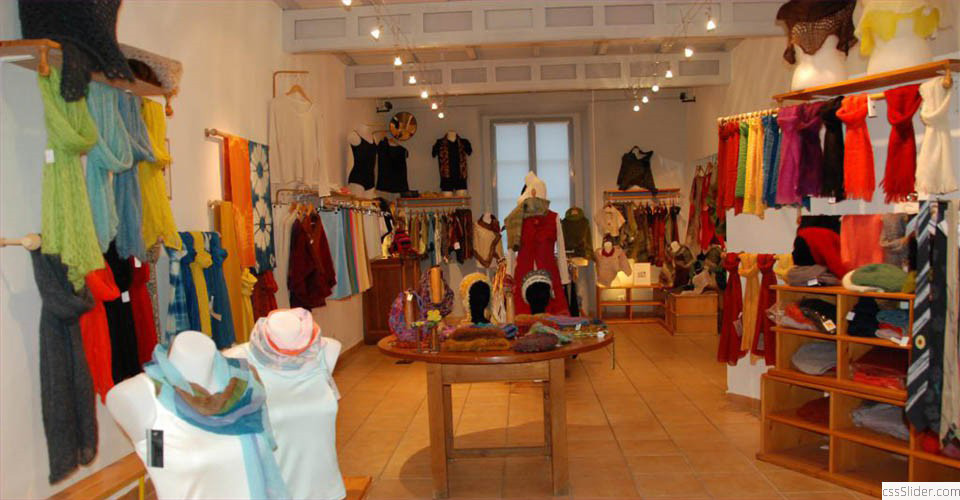
The Silk Museum pays tribute to the spinners and craftsmen of the Cevennes.
In the middle of the 19th century, the Cévennes produced more than half of the 26,000 tons of French cocoons and was one of the first producing regions in the world.
This industry today has endured.
The museum is a living testimony of it.
The Museum...
It offers to see all the stages of silk manufacturing: silkworm rearing, spinning, thread working...
A first room reconstitutes a silkworm farm with the presence of a "taulier", a vast scaffolding of tables and racks where you will be able to observe, from April to October, a rearing of live silkworms at all stages of the cycle. The equipment necessary for the management of such a breeding is also visible: seed boxes, incubators, baskets to collect mulberry leaves, leaf cutters, equipment for the selection of the worms, equipment to maintain an adequate temperature and hygrometry in the silkworm farm...
A space is also dedicated to the diseases of silkworm farms, to Pasteur and to the development of the selection method by cellular graining.
A second room is dedicated to the spinning, i.e. the manufacture of silk thread from cocoons. The exhibits are objects that were actually used either by the "silk pullers" at home (beating basins, reeling basins...), or by the large spinning workshops with, for example, the presence of a large "spinning basin" but also several reeling benches. One can also observe the equipment used to control the quality of the yarn: its titration, its resistance...
The third room is dedicated to weaving and knitting. You will be able to observe several machines from different periods retracing the different stages of weaving: a large warping machine used to place the warp threads on a drum which will then be transferred to the looms. Manual or mechanical looms, Jacquard looms ...
The knitting sector, a more specific activity of the Cevennes, is also well equipped with several knitting machines that have worked in Cevennes workshops and with an exhibition of embroidered silk stockings...
Further on, you can access the children's discovery area with an adapted video, games (quiz, collage, coloring ...), small looms and silkworms to observe closely that you are allowed to touch.
A children's area lets them touch and manipulate silk fabrics, cocoons and bourette, and freely use microscopes and looms.
Finally, to complete the visit, don't forget the video room where archival films are presented.
You have the possibility to participate in the Gréfeuille workshop for a complete initiation as well as to visit the store.
Silk Museum
Place du 8 mai 1945
30170 Saint-Hippolyte du Fort
Tel : 04 30 67 26 94
contact@museedelasoie-cevennes.com
http://www.museedelasoie-cevennes.com/
Translated with www.DeepL.com/Translator
(free version)



